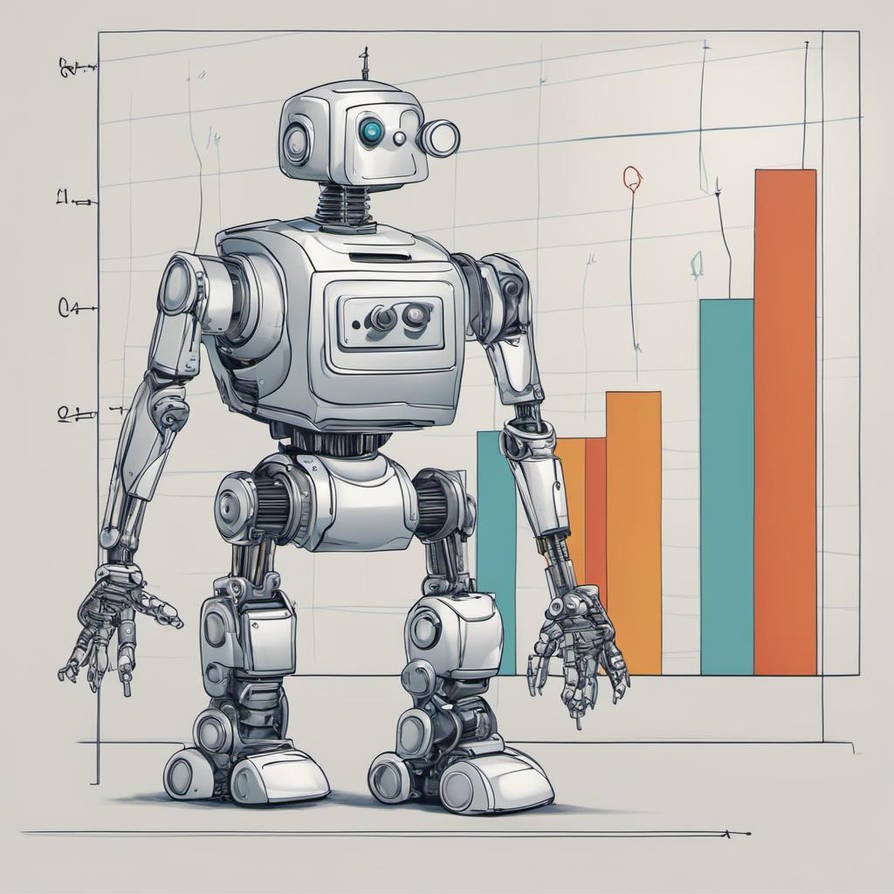
Using Mistral for Data tagging Author · Xuzeng He ( ORCID: 0009–0005–7317–7426) Introduction Data tagging, in simple terms, is the process of assigning labels or tags to your data so that they are easier to retrieve or analyse.

Using Mistral for Data tagging Author · Xuzeng He ( ORCID: 0009–0005–7317–7426) Introduction Data tagging, in simple terms, is the process of assigning labels or tags to your data so that they are easier to retrieve or analyse.

Understanding the Evolutionary Journey of LLMs Author Wenyi Pi ( ORCID : 0009–0002–2884–2771) Introduction When we talk about large language models (LLMs), we are actually referring to a type of advanced software that can communicate in a human-like manner. These models have the amazing ability to understand complex contexts and generate content that is coherent and has a human feel.

Attention mechanism not getting enough attention Author Dhruv Gupta ( ORCID : 0009–0004–7109–5403) Introduction As discussed in this article, RNNs were incapable of learning long-term dependencies. To solve this issue both LSTMs and GRUs were introduced. However, even though LSTMs and GRUs did a fairly decent job for textual data they did not perform well.

Large Language Models for Fake News Generation and Detection Author Amanda Kau ( ORCID : 0009–0004–4949–9284) Introduction In recent years, fake news has become an increasing concern for many, and for good reason. Newspapers, which we once trusted to deliver credible news through accountable journalists, are vanishing en masse along with their writers.

The Three Oldest Pillars of NLP Author Dhruv Gupta ( ORCID : 0009–0004–7109–5403) Introduction Natural Language Processing (NLP) has almost become synonymous with Large Language Models (LLMs), Generative AI, and fancy chatbots. With the ever-increasing amount of textual data and exponential growth in computational knowledge, these models are improving every day.

Exploring innovative Strategies in Combating Misinformation with Enhanced Multimodal Understanding Author Wenyi Pi ( ORCID : 0009–0002–2884–2771) Introduction Misinformation refers to false or inaccurate information that is often given to someone in a deliberate attempt to make them believe something that is not true. This has a significantly negative impact on public health, political stability and social trust and harmony.

Techniques to integrate Knowledge Graphs into Language Models Author Amanda Kau (ORCID: 0009–0004–4949–9284 ) Introduction Both knowledge graphs (KGs) and pre-trained language models (PLMs) have gained popularity due to their ability to comprehend world knowledge and their broad applicability.

Integrating temporal data into static knowledge graphs Author Amanda Kau (ORCID: 0009–0004–4949–9284 ) Introduction Knowledge graphs (KGs) have proven to be an effective method of data representation that is increasingly popular. In KGs, entities and concepts are represented as nodes, while the relationships between nodes are depicted as edges.

Author Amir Aryani: (ORCID: 0000-0002-4259-9774) Definition A research collaboration network is a group of researchers, and practitioners, or both, working together on joint research activities. These networks often span across disciplines, geographic boundaries, and sectors, enabling participants to share resources, expertise, and data to address common research goals more effectively than they could individually.

Recent Advances in Using Machine Learning with Graphs — Part 2 Latest findings in multiple research directions for handling graph construction and network security issues Author · Xuzeng He ( ORCID: 0009–0005–7317–7426) Introduction A graph, in short, is a description of items linked by relations, where the items of a graph are called nodes (or vertices) and their relations are called edges (or links). Examples of